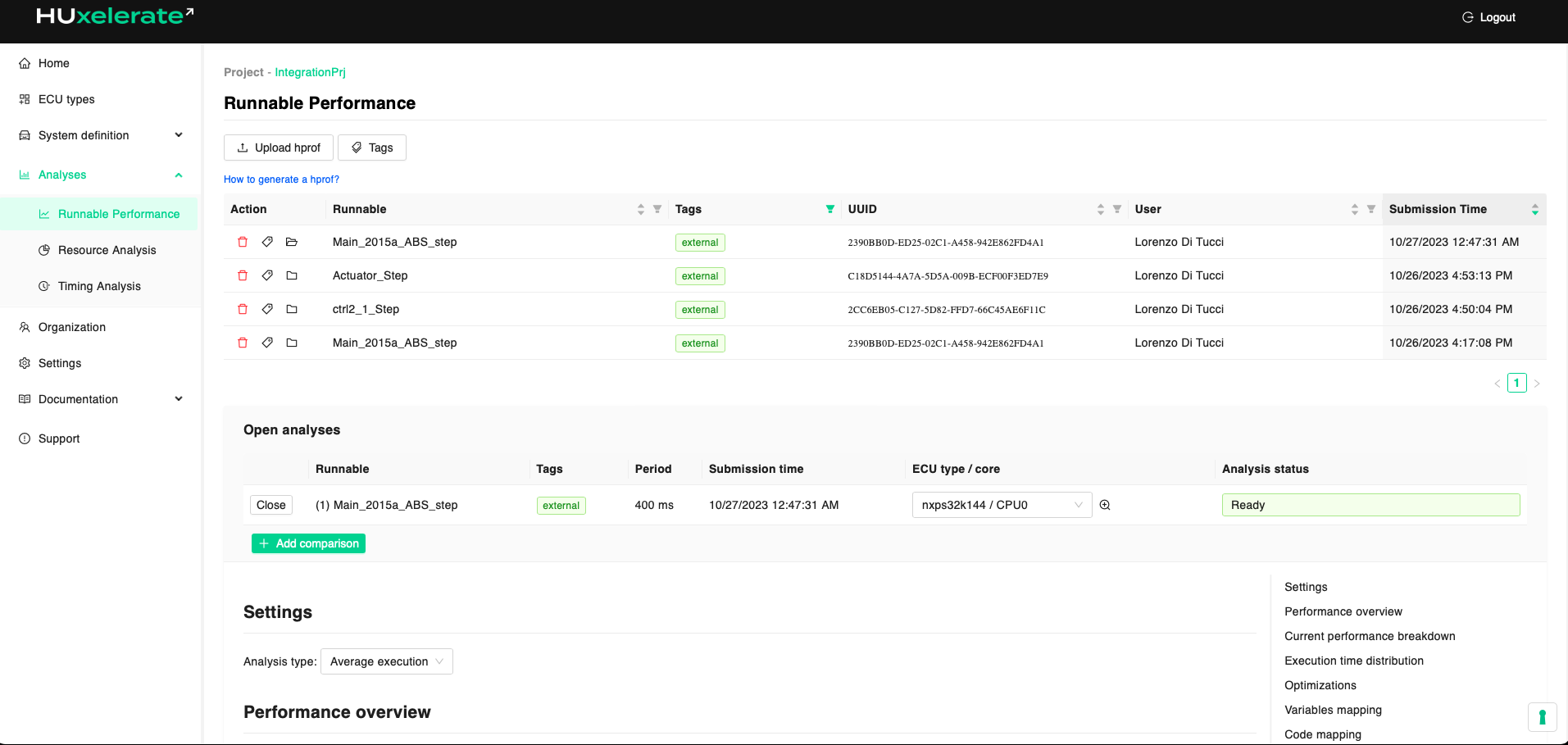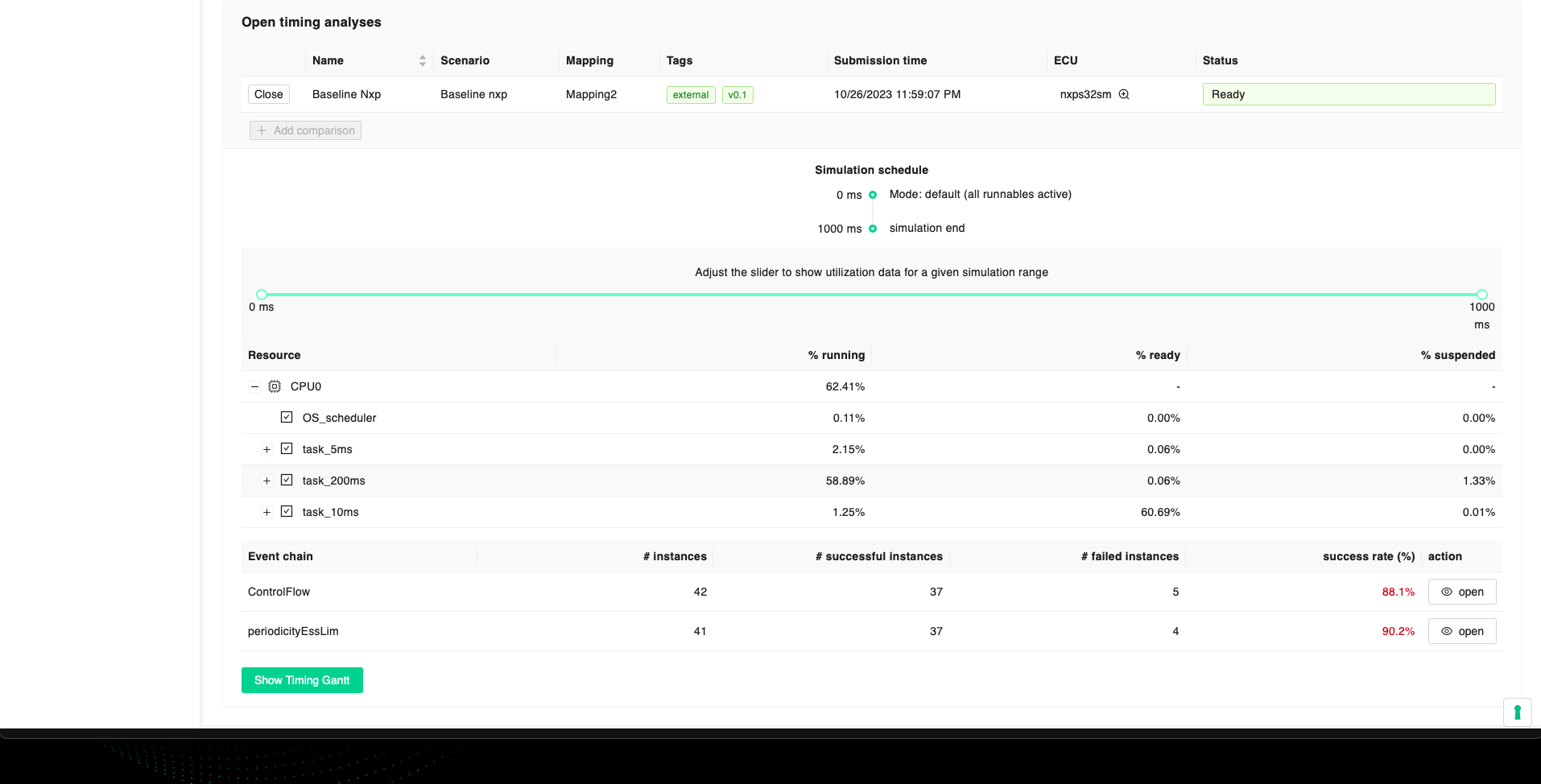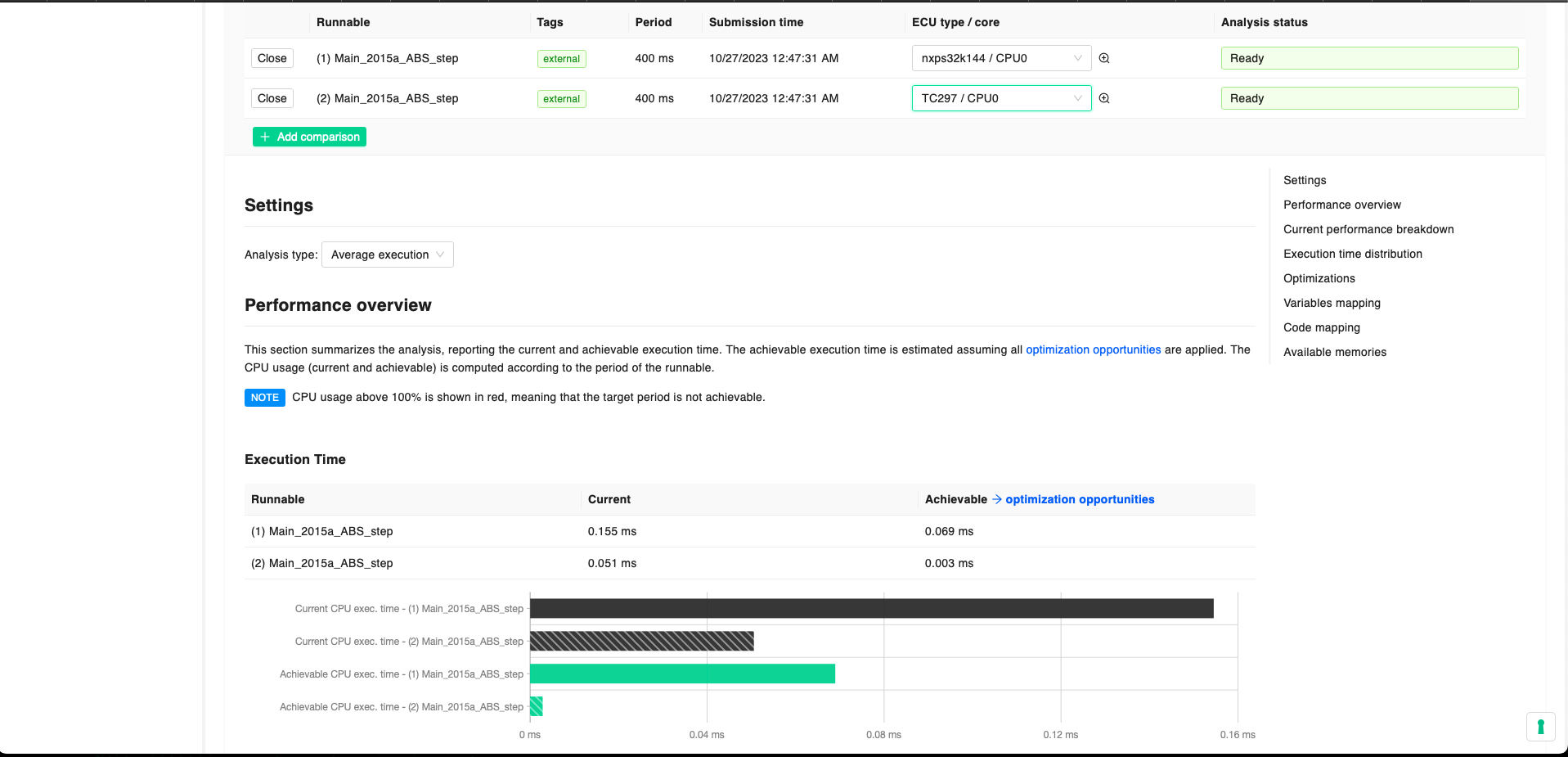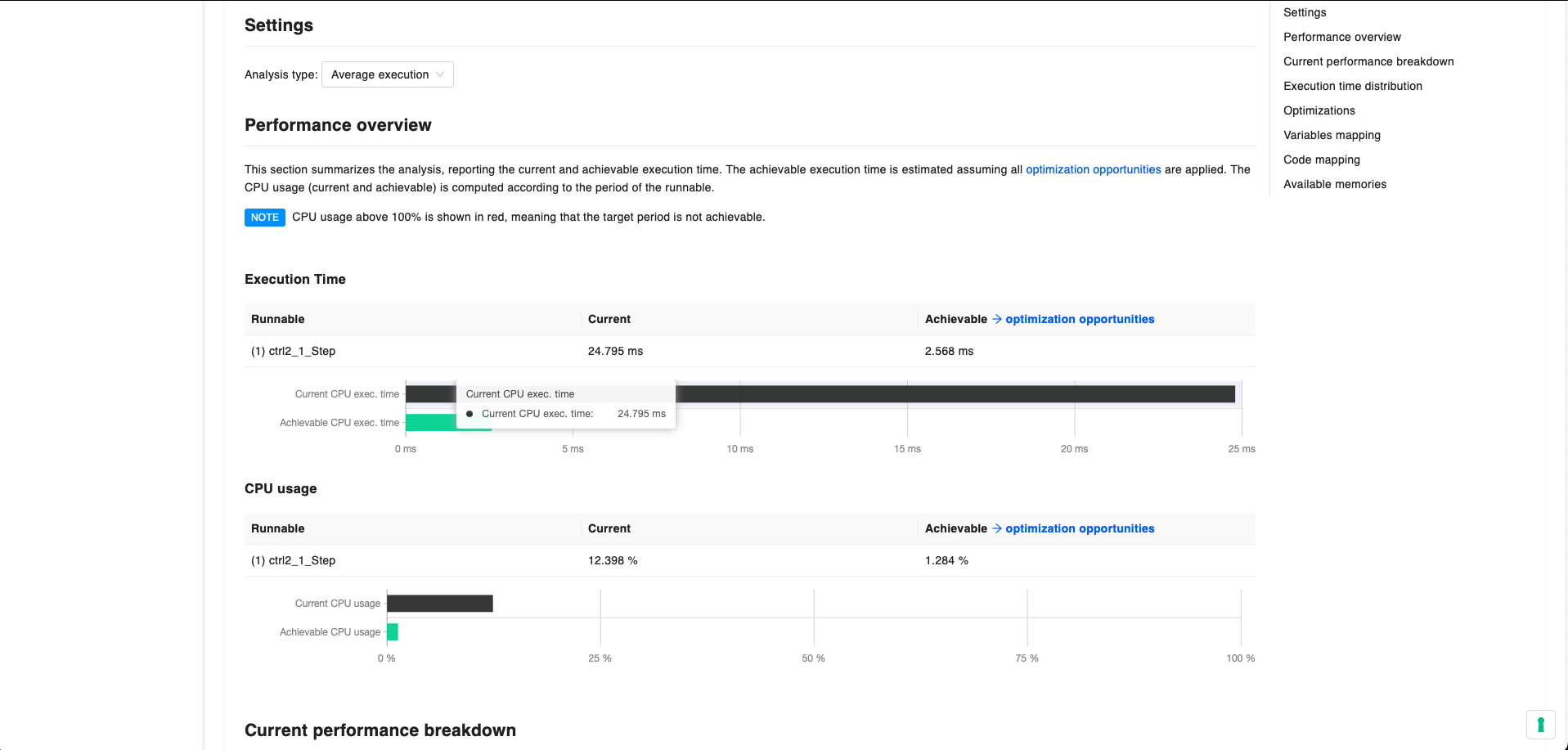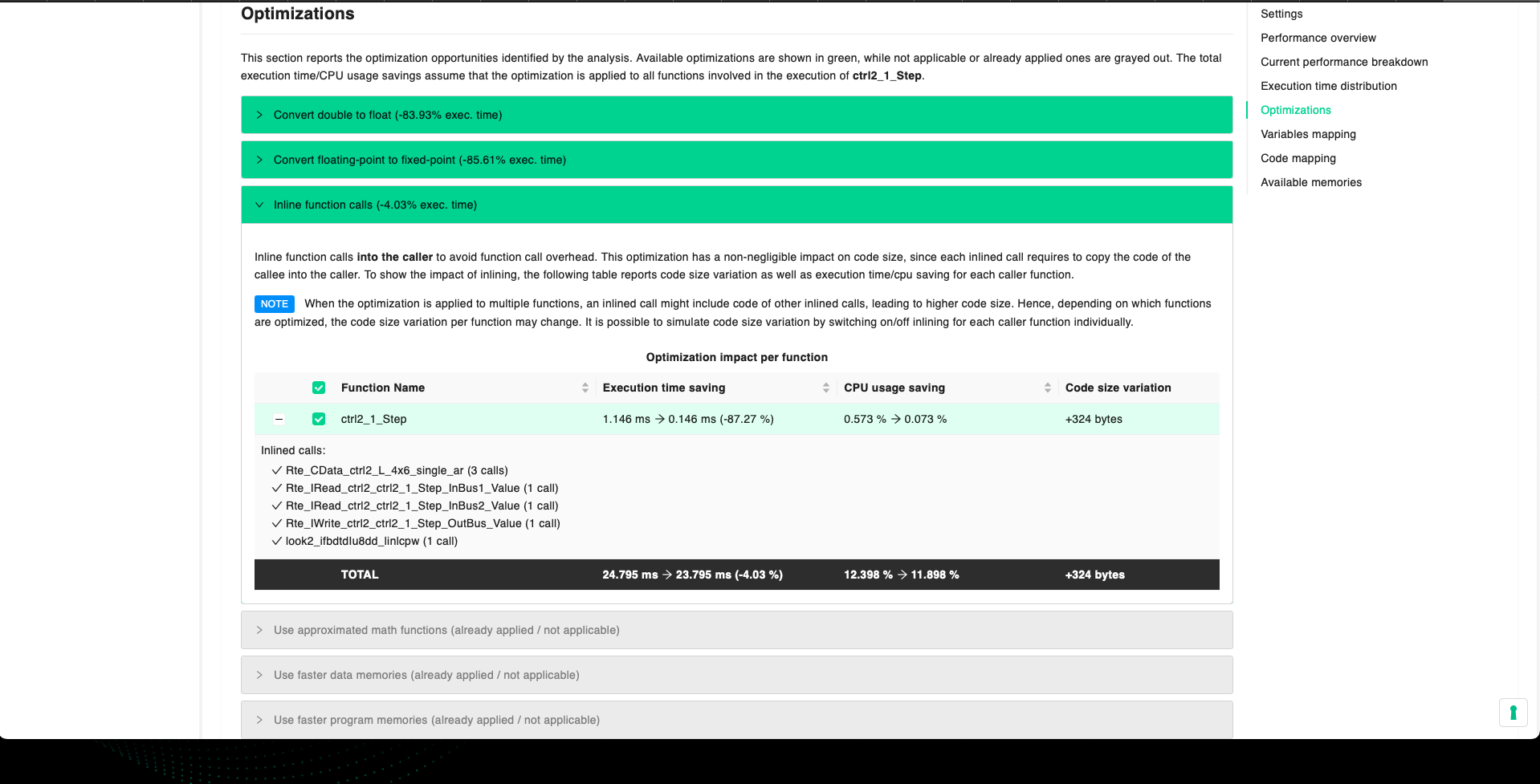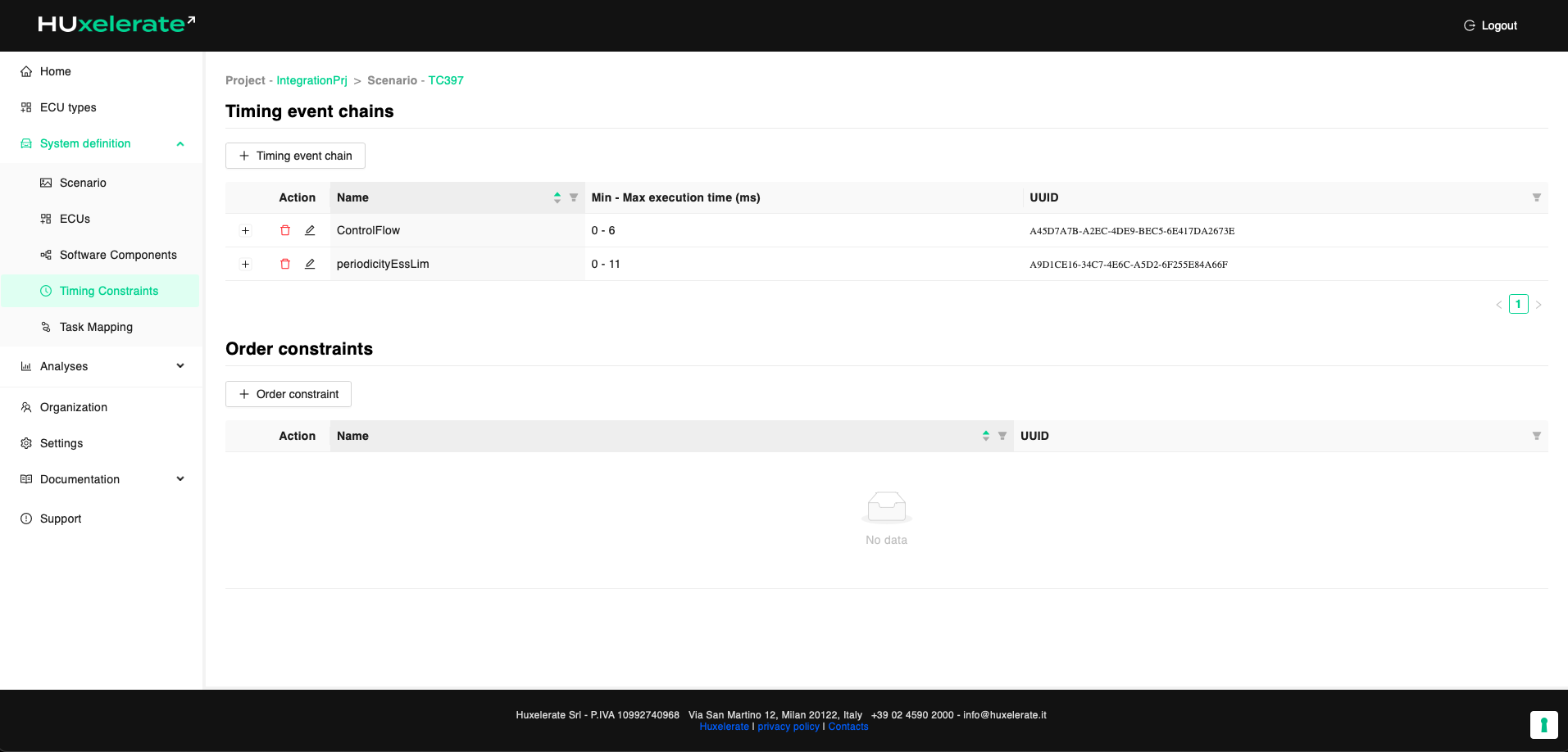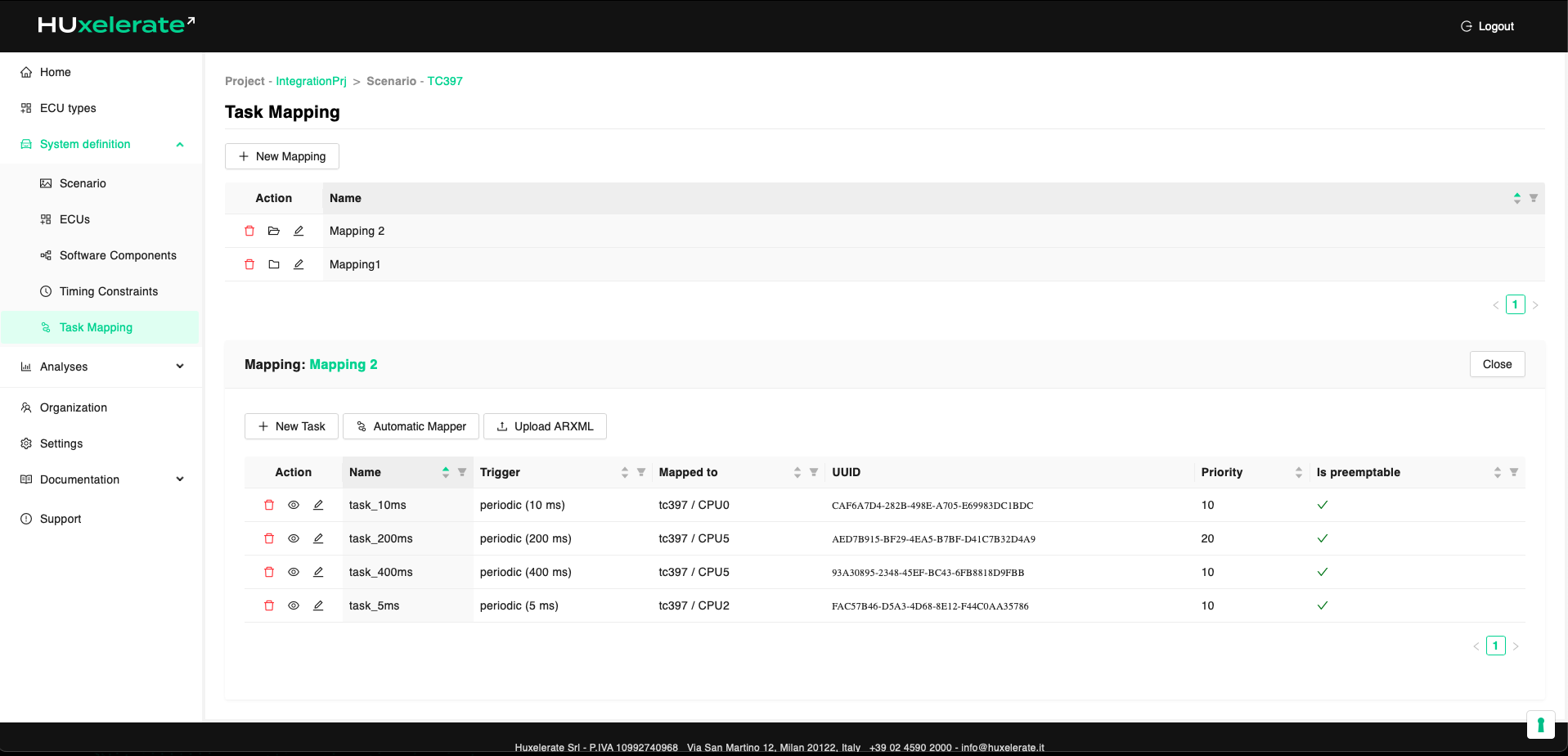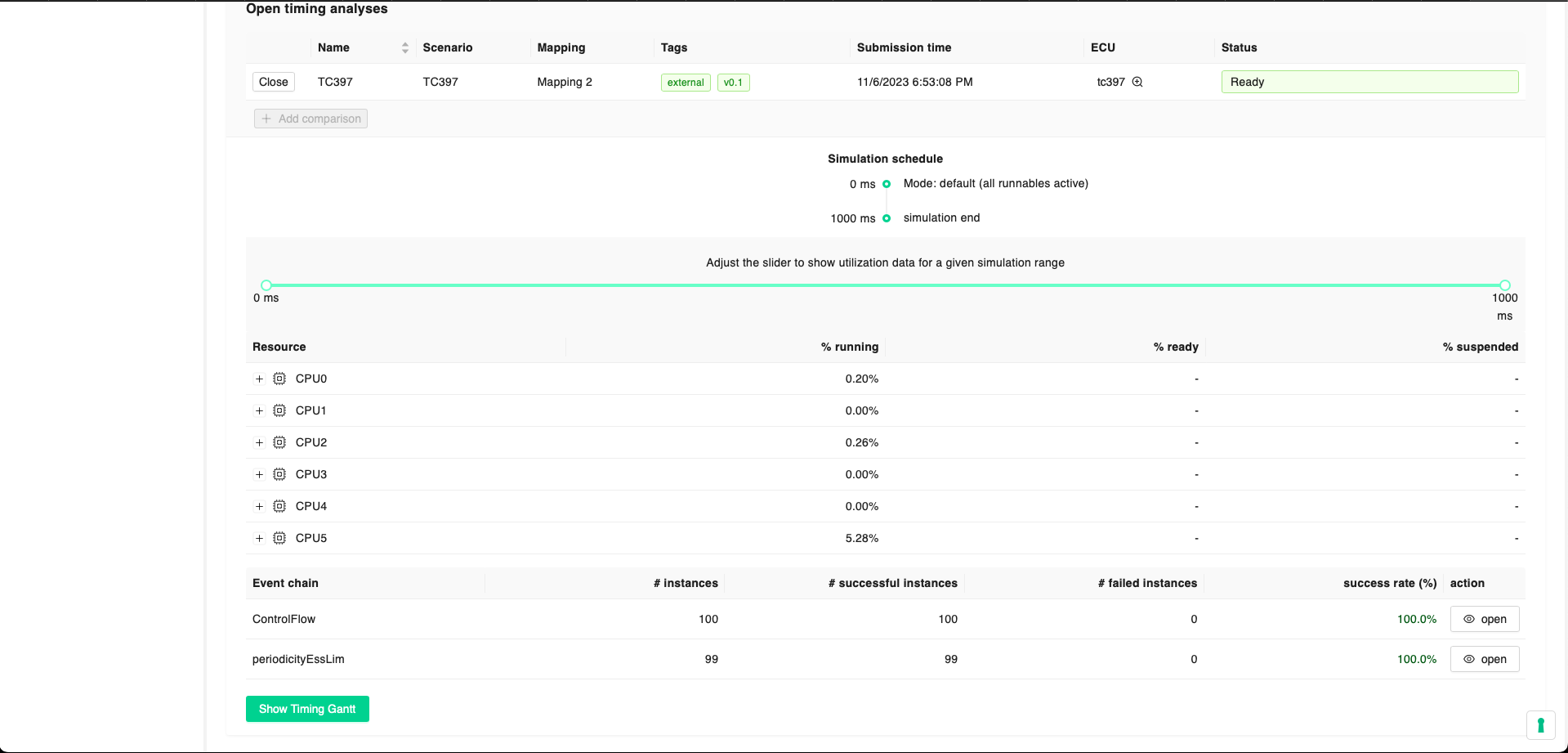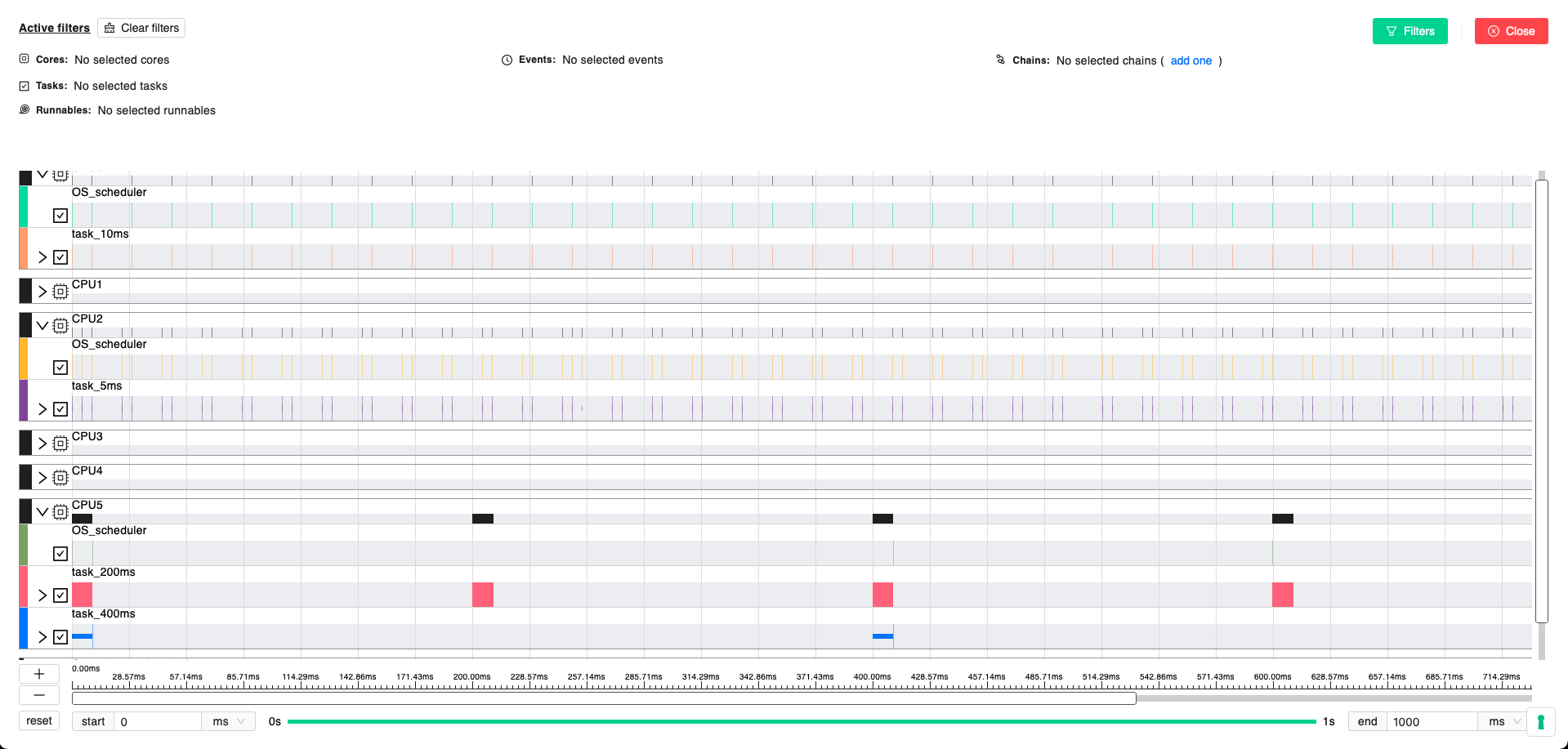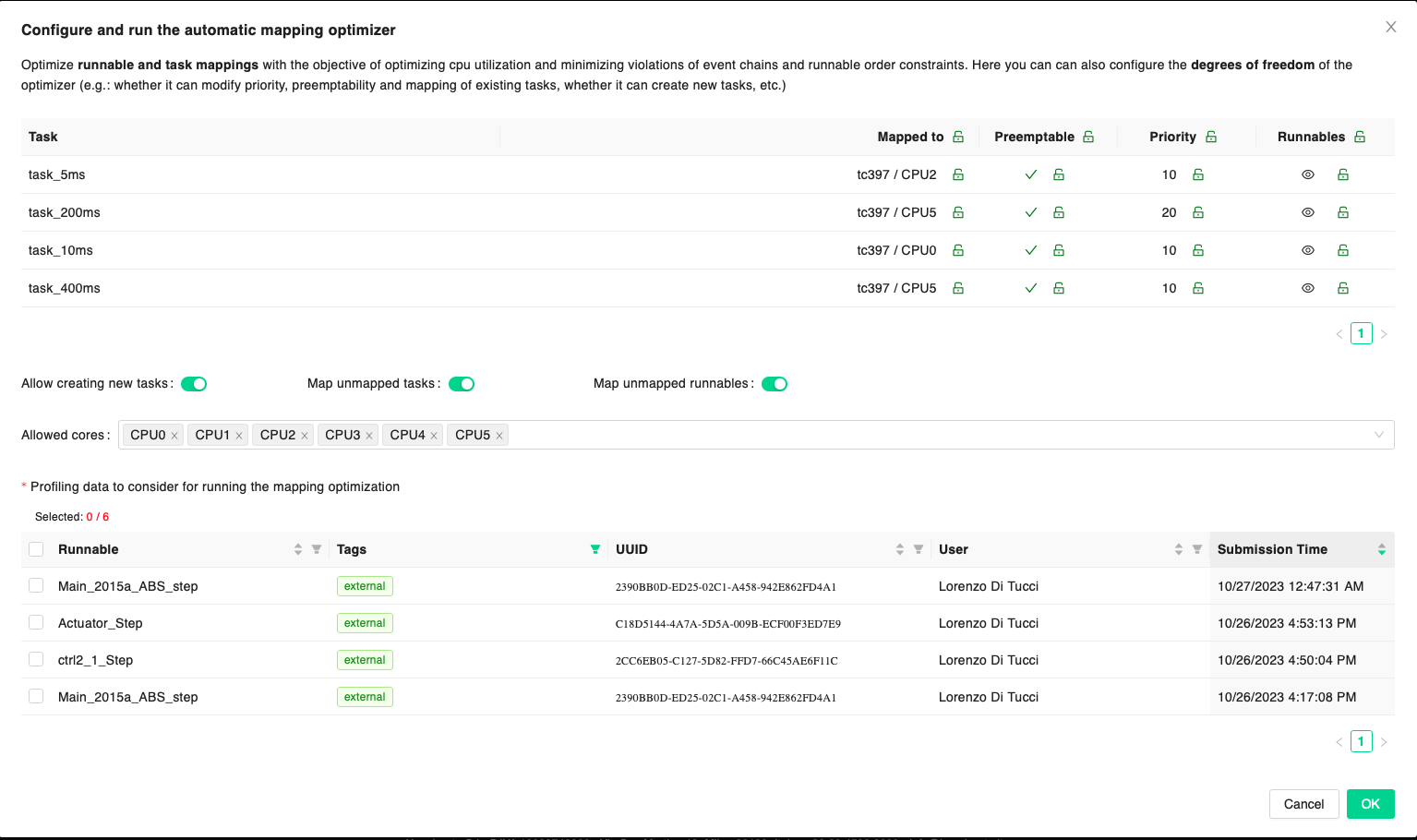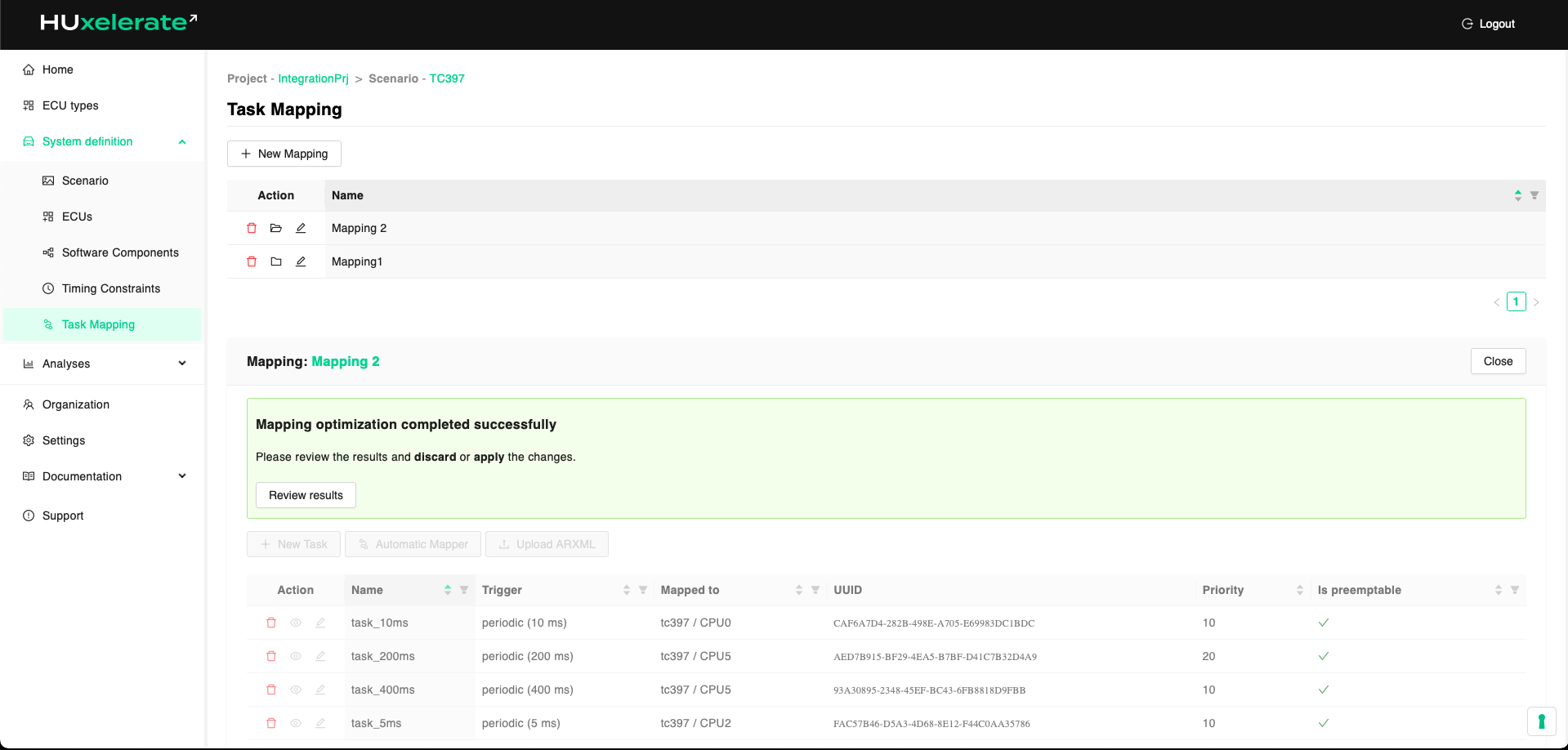Performance Assessment and Optimization of a Single Function
function code performance assessment:
- Assess the execution time of each software function on multiple target ECU processors.
- Assess the resource usage of each software function on its target ECU
- Receive software functions optimization directives in terms of execution time, resources, and memory usage to meet performance requirements.
